Choosing a gaming console in 2025 presents a compelling challenge. The PlayStation 5, Xbox Series X|S, and Nintendo Switch each offer unique strengths, from cutting-edge hardware to exclusive game libraries and distinct gaming philosophies. While some prioritize peak performance and advanced technology, others value ease of use and beloved franchises. This article analyzes which console offers the best value in 2025, considering game availability, long-term costs, and future-proofing.
Table of Contents
- Performance Overview
- Game Availability
- Additional Features
- Cost Comparison
- Conclusion and Recommendations
Performance Overview
The PlayStation 5 and Xbox Series X lead in hardware, boasting powerful processors and graphics cards supporting 4K and 8K resolutions, ray tracing, and high frame rates. Both utilize SSD storage for near-instant loading.
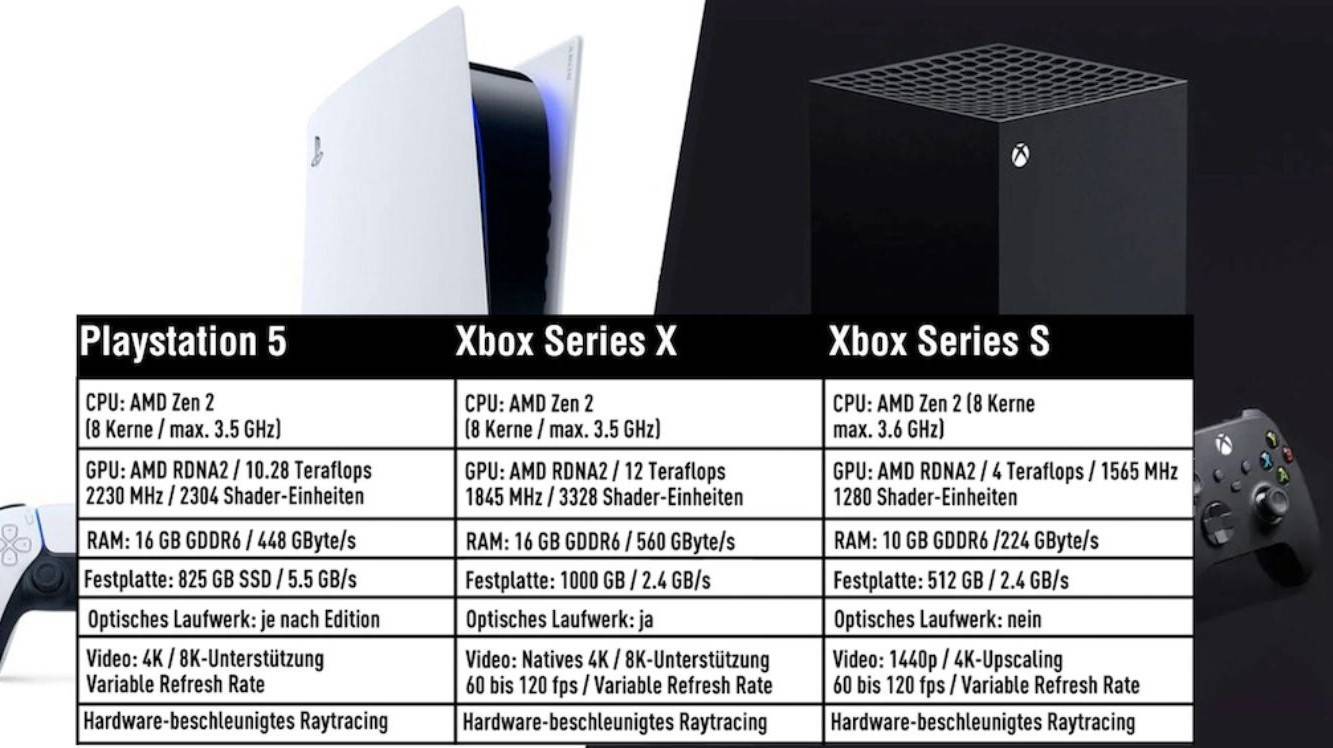
The PlayStation 5 features an eight-core AMD Zen 2 processor (up to 3.5 GHz) and an RDNA 2 graphics processor (10.28 teraflops), enabling native 4K gaming at 60 FPS, with some titles reaching 120 FPS. The Xbox Series X offers slightly more processing power (12 teraflops), delivering stable 4K performance and even 8K output where supported. Xbox often demonstrates better optimization and higher frame rates in some games compared to the PS5.
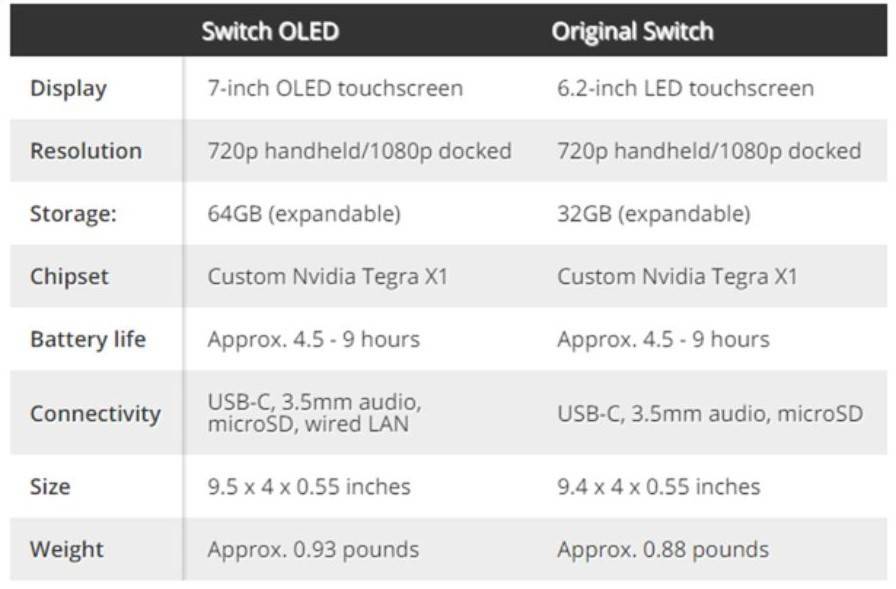
The Nintendo Switch, despite its technical limitations, remains popular due to its hybrid nature. Its NVIDIA Tegra X1 processor supports 1080p (docked) and 720p (handheld), suitable for less demanding games. However, by 2025, its age shows in graphics and loading speeds.
Xbox Series X and PlayStation 5 compete closely in graphics and processing speed. Both support hardware-based ray tracing. Xbox offers AMD FidelityFX Super Resolution (FSR), and NVIDIA DLSS boosts performance. The PS5 features Tempest 3D Audio and DualSense adaptive triggers for immersive gameplay. While the Nintendo Switch's hardware is showing its age, its portability and exclusive titles maintain its appeal. For top-tier performance and photorealistic visuals, the PlayStation 5 and Xbox Series X remain the dominant choices.
Game Availability
Game variety and quality are crucial. By 2025, each platform offers a distinct lineup and distribution strategy, with intense competition for exclusive content. The PlayStation 5 emphasizes AAA experiences; Xbox Series X|S leverages Game Pass; and Nintendo Switch retains its appeal through beloved franchises.
PS5 Exclusives (2025):
- Marvel’s Spider-Man 2
- God of War Ragnarök
- Final Fantasy XVI (timed exclusive)
- Horizon Forbidden West
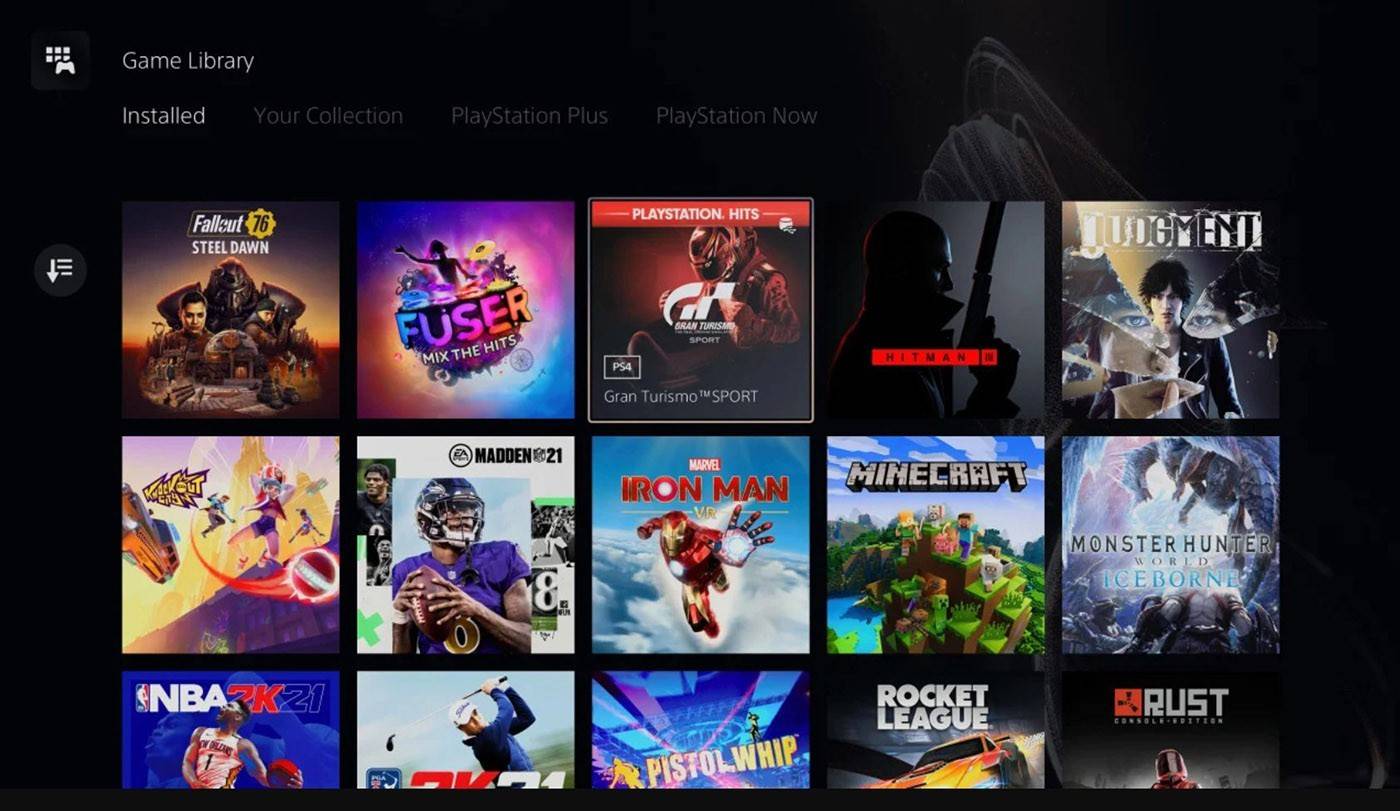
Xbox Game Pass (2025): Offers hundreds of games for a monthly fee, including:
- Starfield
- Forza Motorsport
- Fable
- Senua’s Saga: Hellblade II
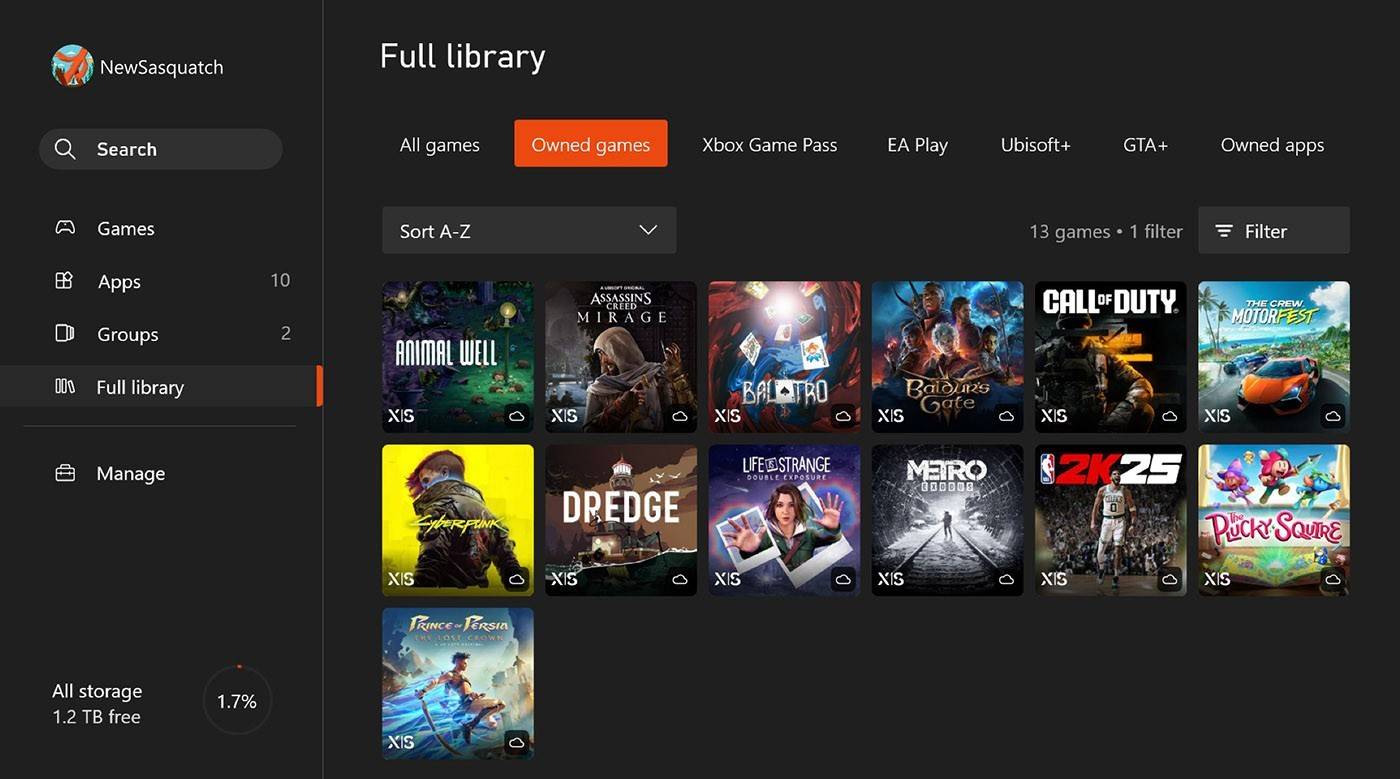
Nintendo Switch Exclusives (2025):
- The Legend of Zelda: Tears of the Kingdom
- Super Mario Bros. Wonder
- Pokémon Scarlet & Violet
- Metroid Prime 4
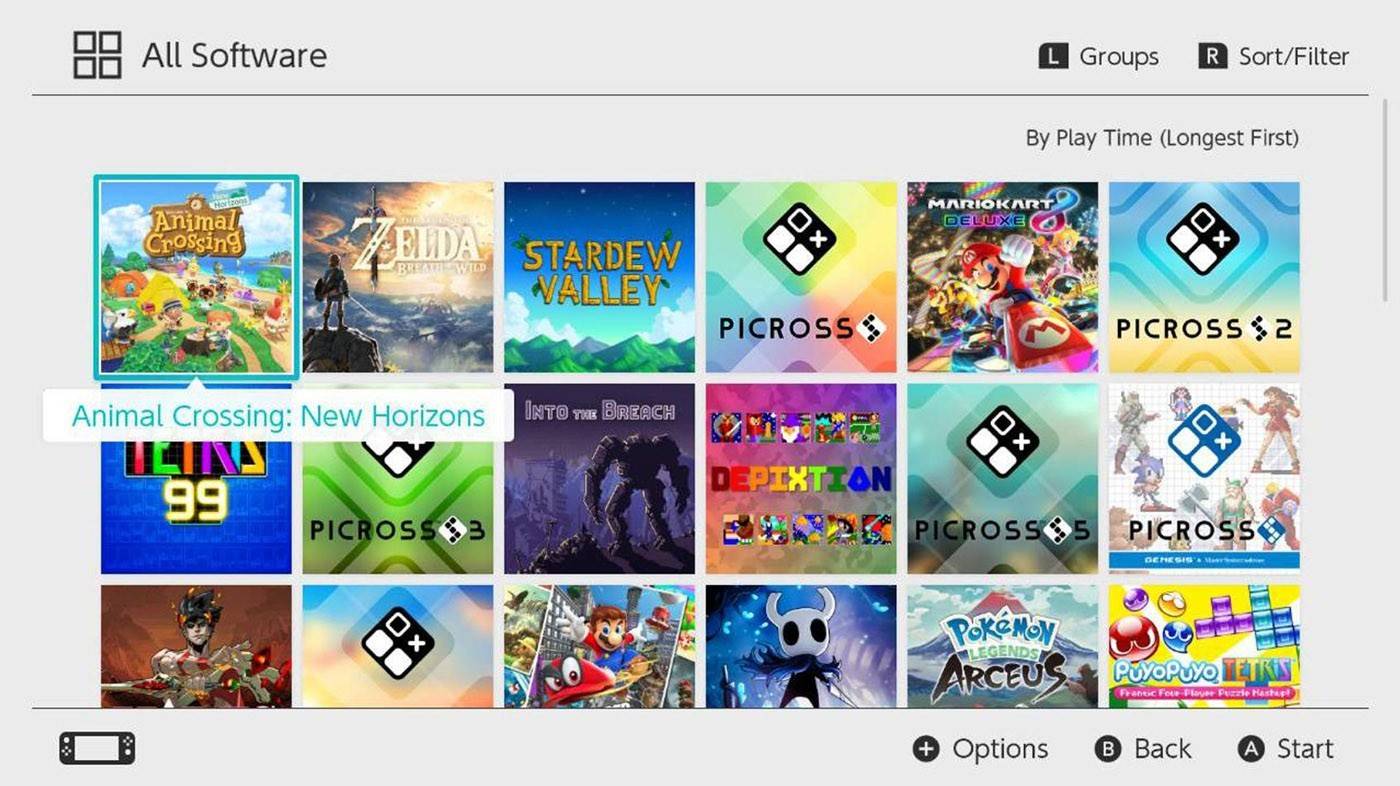
Additional Features
Each console offers unique features and integrations.
PlayStation 5: Deep integration with Sony's ecosystem (PlayStation VR2, remote play, PlayStation Plus, PlayStation App), and PS4 backward compatibility.

Xbox Series X|S: Open ecosystem with Xbox Cloud Gaming, Windows integration, Game Pass Ultimate (PC, mobile, Smart TVs), and backward compatibility with Xbox 360 and original Xbox titles.

Nintendo Switch: Hybrid design (home and portable play), accessory compatibility, local multiplayer, and mobile device connectivity.
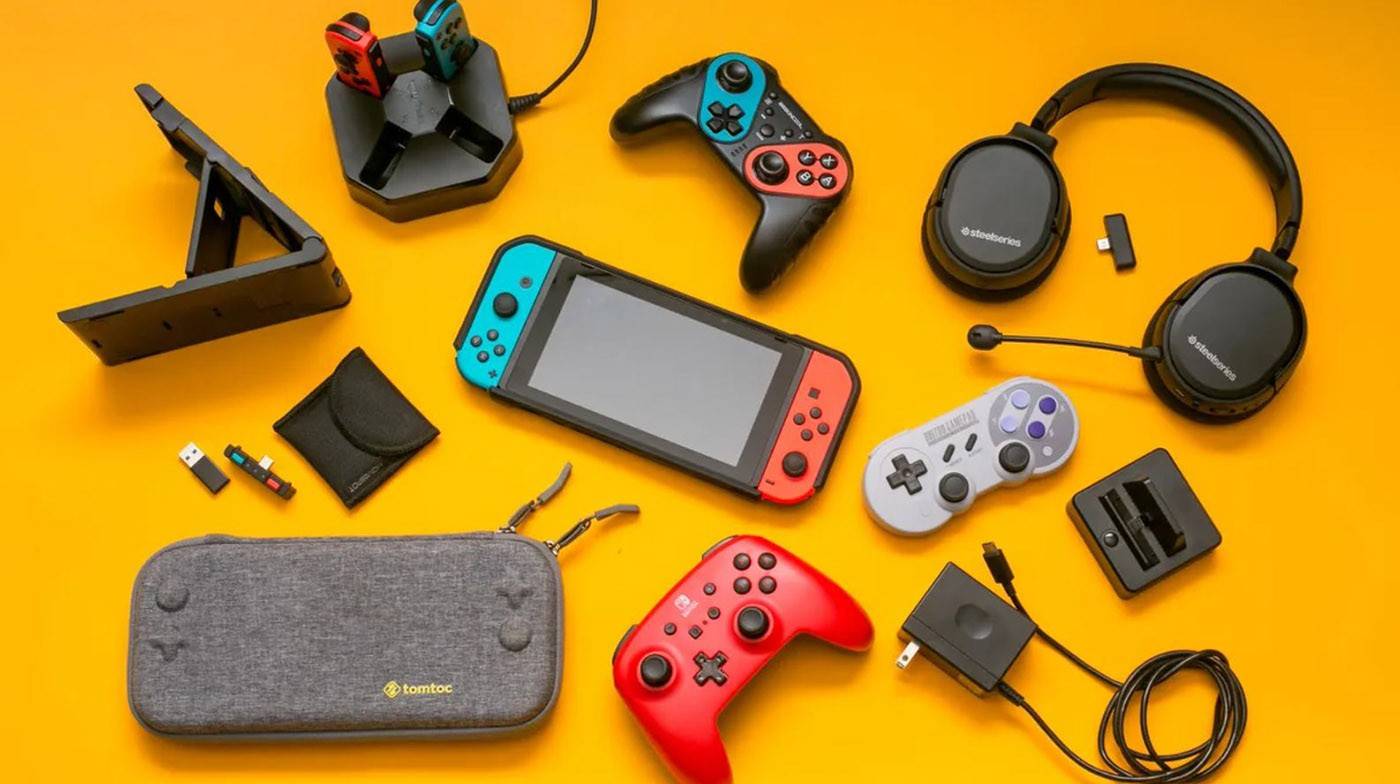
Cost Comparison
The PS5 is the most expensive (starting at $500, used models $300-$400), with games averaging $40-$50. The Xbox Series X costs $500, the S $300, with similar game prices but offset by Game Pass ($17/month). Nintendo Switch prices range from $200 to $500 (OLED), with comparable game costs.
Conclusion and Recommendations
The PlayStation 5 excels for AAA titles and exclusives but demands higher spending. The Xbox Series X|S offers a cheaper entry point with Game Pass, but fewer exclusive titles. The Nintendo Switch suits those prioritizing portability and casual gaming, though AAA titles are limited. The ultimate choice depends entirely on individual preferences.

 Latest Downloads
Latest Downloads
 Downlaod
Downlaod




 Top News
Top News









